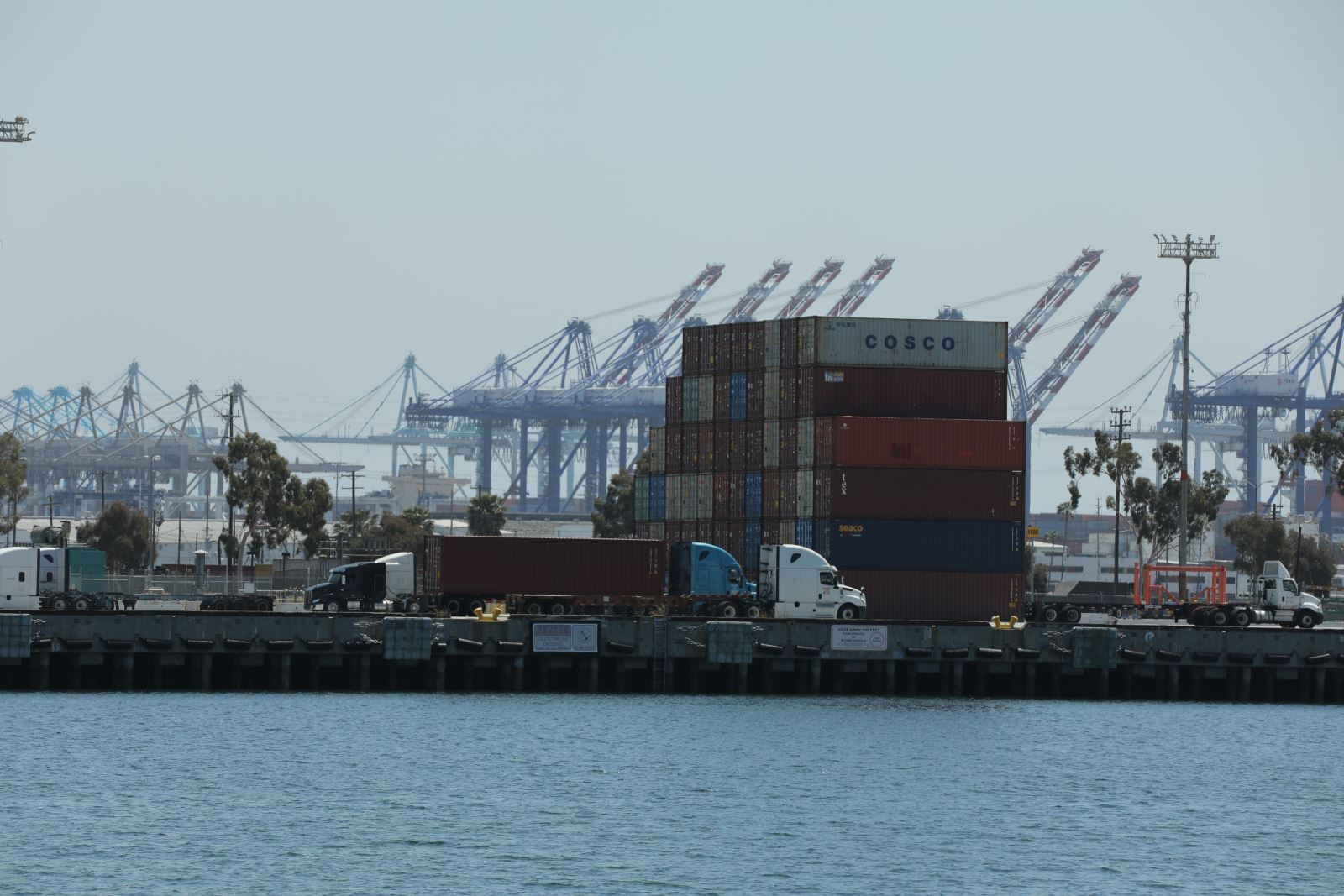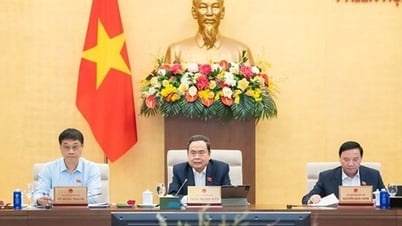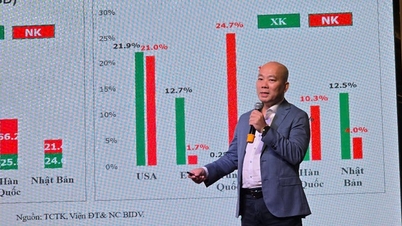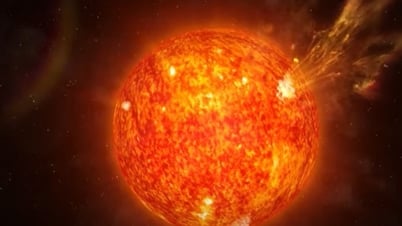
In the context of profound geopolitical upheavals, the question of the future of globalization and the rise of protectionism has become more urgent than ever. Alexander Yakovenko, former Ambassador Extraordinary and Plenipotentiary of the Russian Federation to the United Kingdom and currently a member of the Russian International Affairs Council (russiancouncil.ru), offers insightful and suggestive observations on the connection between the current situation and turbulent historical developments. Is history repeating itself, and is globalization, which has been considered the engine of global economic growth for decades, really at risk of being reversed by a wave of protectionism?
Mr. Yakovenko pointed out that the Trump administration’s aggressive tariff policy is a worrying sign, reminiscent of the complex international context of the early 20th century. At that time, the strong rise of new powers such as Germany, the United States and Russia created disturbances in the balance of power, threatening the position of traditional powers such as Britain. London, seeing Berlin’s intention to contain the rapid development of Russia – a country with an economic growth rate comparable to that of China today – did not seem to oppose a major war in Europe.
According to current estimates, by 2050, Russia’s population could reach 600 million, making it the dominant economic power across the Eurasian continent. The Russian ambassador to Britain at the time, Alexander Benckendorff, tried to persuade London to publicly declare its support for France and Russia in the event of a German invasion. However, Britain’s stubborn refusal missed the opportunity to prevent a catastrophic war. Berlin was caught off guard by this change. As a result, war broke out, leading to the collapse of the old world order.
Today, the list of potential losers in the global power struggle seems longer. The US-led coalition, which includes the European Union (EU) and the UK, is facing the powerful rise of China, India and Russia – countries that have benefited from globalization. Washington’s containment efforts now focus on Beijing and Moscow.
However, Russia has demonstrated its self-reliance and formidable military potential over the past three years, setting new standards for modern warfare. Therefore, the normalization of Russia-US relations, as the Trump administration is aiming for, could open a new page in international cooperation. India, as a potential counterweight to China, has also received special attention from Washington.
The nuclear factor plays an important role in maintaining relative stability in the current power transition. By 2030, China is expected to match the United States in military power, including missile and nuclear capabilities. This means that deterrence by force will become less effective. Experience from the conflict in Ukraine also shows that the United States will have difficulty competing with China in distant regions. In this context, the threat of nuclear war is no longer an effective deterrent.
However, Washington’s “economic assault” continues, albeit seemingly late. The deep trade, economic and investment interdependence between the US and China, as well as China’s extensive network of ties with US allies, makes it more difficult than ever to “restore American greatness,” as President Trump has put it. European allies will have an incentive to prevent the success of this protectionist policy, in order to protect their own economic interests.
Washington is facing a united front of beneficiaries of the globalized economic system that has developed over the past 40 years. To deal with this, the United States needs a comprehensive, long-term strategy that also takes into account the interests of domestic businesses. A policy similar to the New Deal of President Franklin Delano Roosevelt, but with adjustments to move towards protectionism in a gentle way while addressing issues such as balancing the budget and national debt, could be a potential solution. However, one cannot rule out currency shocks that could affect the future of the Federal Reserve and the US dollar. Even the issuance of more dollars and government bonds is a possible scenario, posing major challenges to the value of US dollar assets.
Amid growing uncertainty, international organizations have issued forecasts of a slowdown in global economic growth and world trade. The International Monetary Fund (IMF) annual report predicts that global growth will slow from 3.3% to 2.8% this year, with significant declines in the US (from 2.8% to 1.8%), the EU (from 0.9% to 0.8%) and China (from 5.0% to 4.0%). China’s exports to the US could fall by 19.3% to 27.6% in the medium term.
Another report from investment fund BlackRock highlights the importance of energy security, the rise of artificial intelligence, and the need to modernize global infrastructure. Experts predict that the trade war will escalate, causing negative impacts on capital accumulation and productivity. Tariffs will be “shock therapy” for both the US and the countries subject to the tariffs, possibly leading to a slight increase in global inflation followed by a decline in economic activity. In principle, this could be the price to pay for a global transformation.
Source: https://doanhnghiepvn.vn/quoc-te/tuong-lai-toan-cau-hoa-su-troi-day-cua-chu-nghia-bao-ho-va-dia-chinh-tri-moi/20250508070701866




![[Photo] Prime Minister Pham Minh Chinh chairs conference on anti-smuggling, trade fraud, and counterfeit goods](https://vphoto.vietnam.vn/thumb/1200x675/vietnam/resource/IMAGE/2025/5/14/6cd67667e99e4248b7d4f587fd21e37c)

























































































Comment (0)